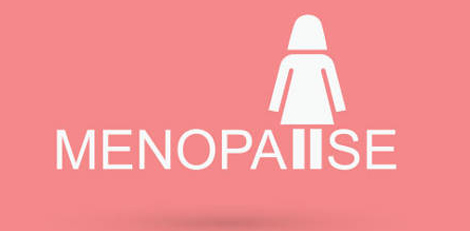Eat according to your blood type to stay healthy and fit
Posted on: 21/Aug/2017 1:02:37 PM

There are a lot of studies that claim that an individual’s blood group is the vital genetic factor impacting the wellbeing and health.
Broadly, there are 4 different types of blood groups which are A, B, O and AB. It is essential for us to plan our food intake based on the blood type, because the lectins digestion varies with variation in blood type.
While a few people will lose weight easily, a few others will battle the same. And a few people will experience chronic illness more often than others. Based on blood type, there may be person-to-person variation in mood swings, body temperature, etc.
Here is a brief on the association between blood type and nutritional aspects as stated by a renowned Dietitian:
What is blood type diet?
As the name suggests, eating food based on your blood type will promote better digestion and improve energy levels. It will prevent individuals from diseases apart from catalyzing weight loss. One can consume various types of foods so as to maintain healthy diet contributing different kinds of nutrients to your body.
Blood group of an individual also decides the way in which the nutrient intake of the body are dealt. It is possible to control medical problems like diabetes, GIT, kidney troubles, cholesterol, etc by practicing blood group diet.
Plan your diet based on Rh factor:
What is Rh factor? It stands for Rhesus factor which is the protein covering RBC. Those who have Rhesus factor are called Rh positive and those who don’t have are called Rh negative. Planning your diet involves considering Rh factor, because those with Rh negative will be prone to IgE allergies compared to Rh positive counterparts.
Rh negative individuals react to beans, eggs, nuts, meats, gluten grains, and peanuts. There is a lot of differences caused by Rh negative and Rh positive. Those with negative blood group can take a lot of starch content as compared to positive.
Let us now take a look at some of the suitable food items for each blood types:
O Group:
You can take a lot of meat, fish, kale, eggs, broccoli, onions, pumpkins, red peppers, turnip, garlic, ginger, cherries, plums, raspberries, figs, gooseberries, etc. A lot of animal protein intake and fermented foods like egg whites, fish, chicken, dhokla, dosa, idli, etc are good.
A Group:
Those with Group A can have a lot of rye, pasta, pumpkin, peanuts, figs, lemons, rice, raisins, etc. It is good to consume a lot of wheat based roughage, whereas animal protein does not suit.
B Group:
Consume more of green leafy vegetable and low fat dairy, oats, milk products and animal protein. Eating oat brain, paneer, egg, fish, oat meal, or quinoa may be avoided.
AB Group:
Consume a lot of seafood, yogurt, goat milk, walnuts, millets, walnuts, tofu, spelt, sprouted wheat, cauliflower, beets, cucumber, berries, and include more of combination foods such as rice plus daal, dalia, khichdi, brown rice, etc.







